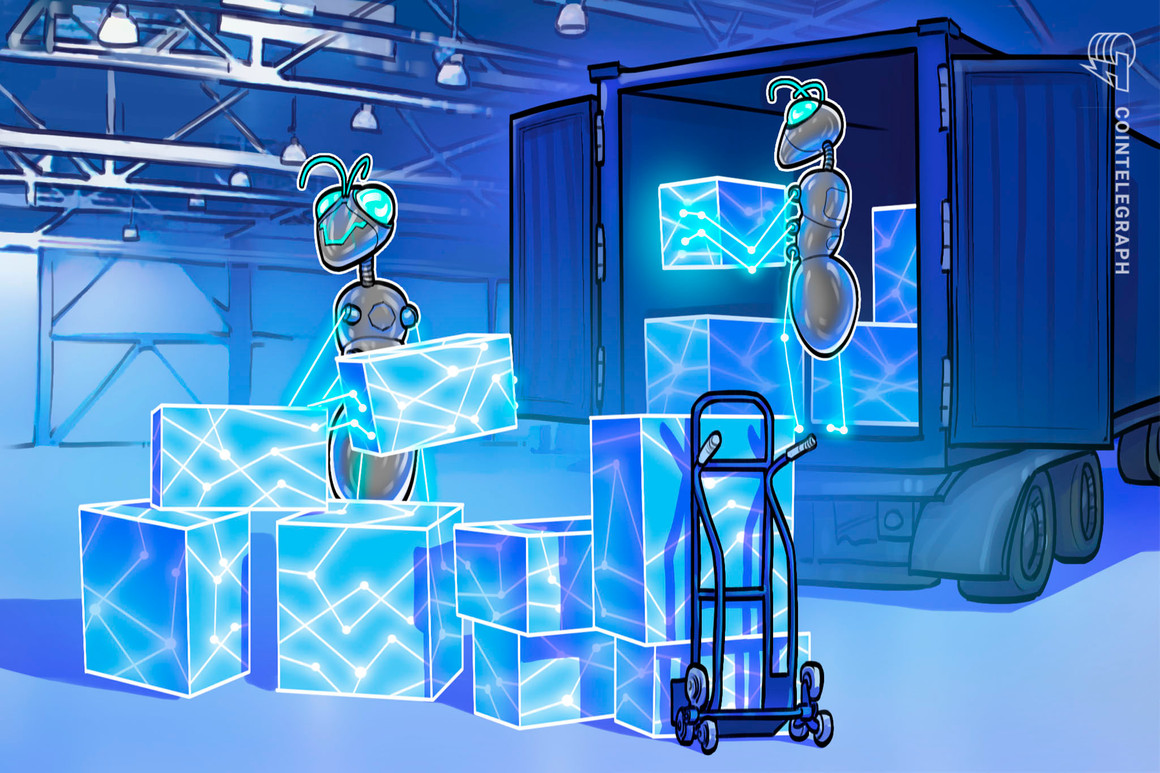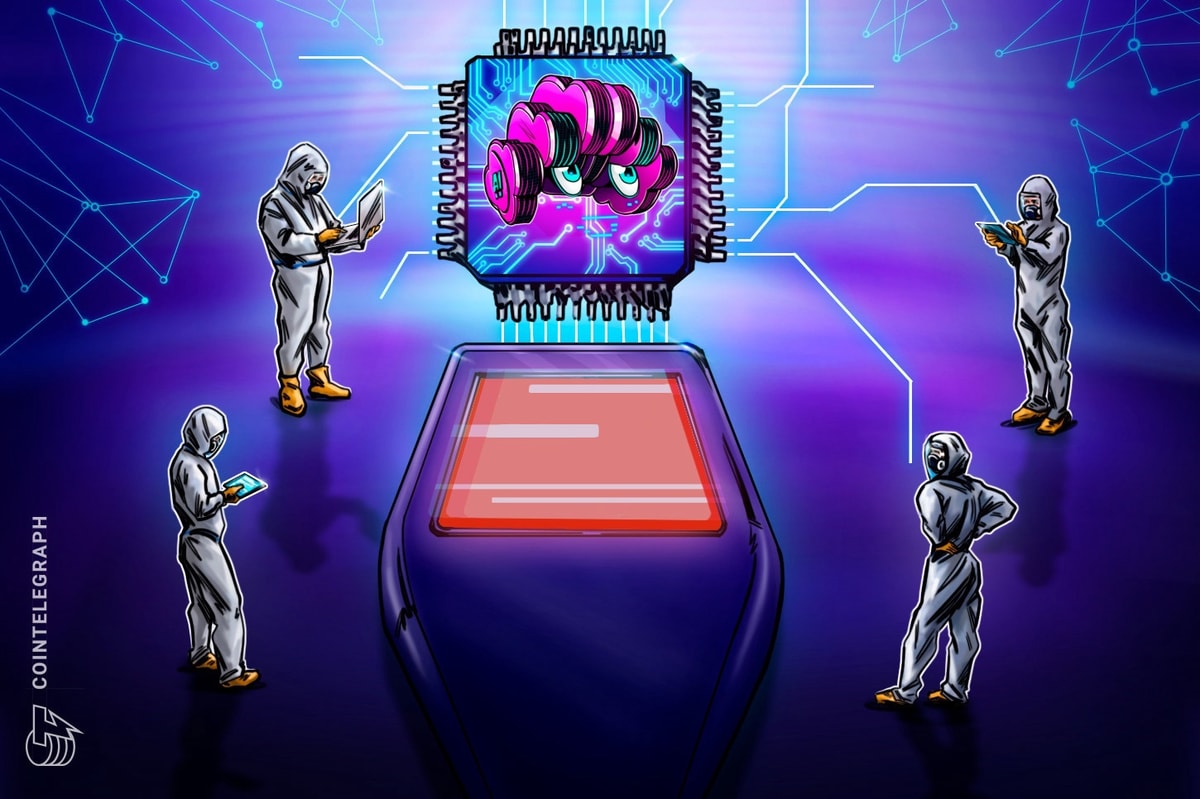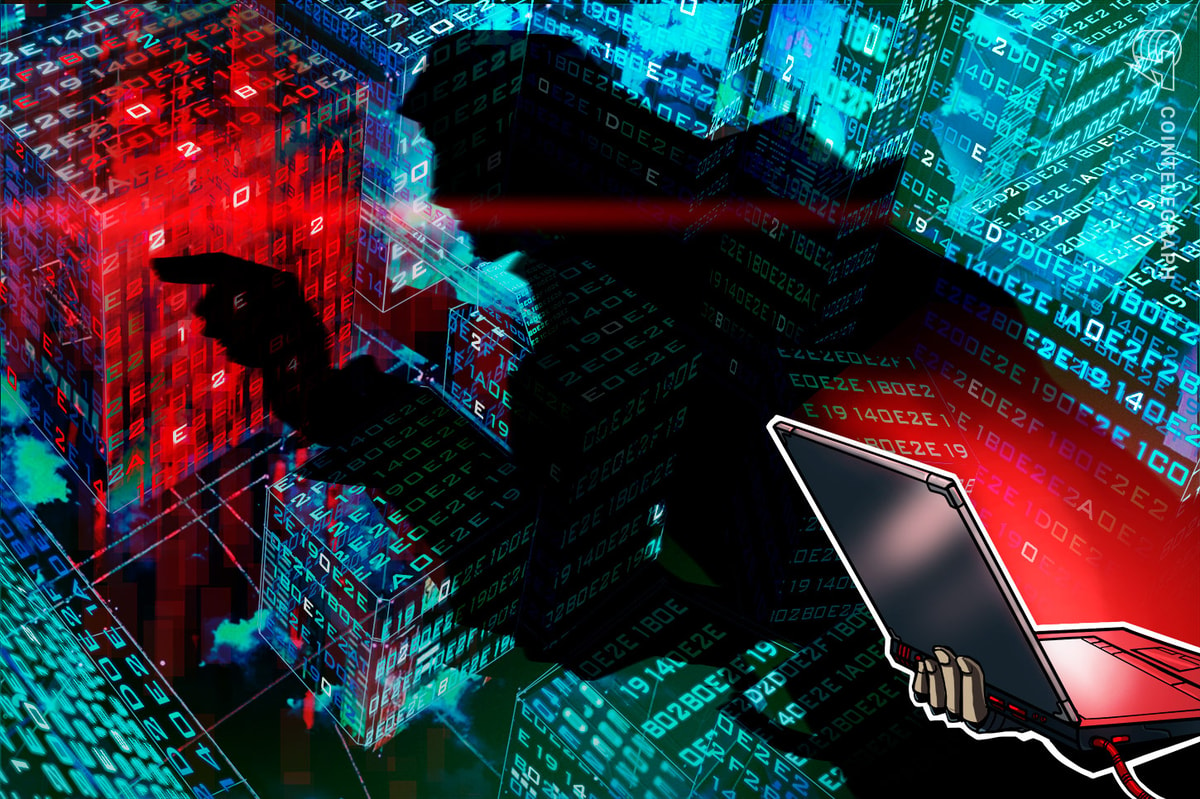What is supply chain management and how does it work?
Supply chain management actively streamlines a company’s supply-side operations from planning to after-sales services to enhance customer satisfaction.
Supply chain management (SCM) refers to controlling the entire production flow, from acquiring raw materials to delivering the final product/service at the destination. In addition, it handles the movement of materials, information and finances associated with a good or service.
Even though the supply chain and logistics are sometimes confused, logistics is actually only one part of the supply chain. Traditional supply chain management systems involve steps like planning, sourcing, manufacturing, delivering and after-sales service to control the supply chain centrally.
That said, the process begins with deciding how to meet customers’ needs and selecting suppliers to source the raw material to manufacture the product. The next step is to determine if the manufacturer will outsource or take care of delivery. And after a product is delivered, it is a network that will offer after-sales services, such as handling product returns and repairs, among others, which is crucial for customer satisfaction.

On the contrary, modern SCM systems are managed using software from the creation of goods and services, warehousing, inventory management, order fulfillment, information tracking and product/service delivery to after-sales services. For instance, numerous robotic and automated technologies are used by Amazon to stack and store goods, as well as to pick and pack orders. The company has also begun utilizing electric drones to transport packages weighing less than five pounds in selected United States regions.
How is the modern supply chain evolving?
Contemporary technologies like artificial intelligence (AI), robotics and blockchain are being incorporated into the digital supply network, which combines data and information from various sources to distribute goods and services along the value chain.
Supply chain infrastructure develops from strictly physical, functional systems to a vast, linked network of assets, data and activities. For instance, by utilizing AI algorithms, businesses may extract insights from large data sets to proactively manage inventory, automate warehouse processes, optimize critical sourcing connections, enhance delivery times and develop novel customer experiences that raise customer satisfaction and increase sales.
In addition, AI-powered robots help automate various human-owned manual tasks, such as order picking and packing processes, delivering raw material and manufactured goods, moving items during storage and distribution and scanning and boxing items. According to Amazon, robots allow it to hold 40% more inventory, enabling it to fulfill Prime shipping commitments on time.
Furthermore, as blockchain is immutable in nature, it can be issued to track and trace the source of products and identify counterfeit items and fraud within the value chain. For instance, if a business is transporting perishables like cheese, which must maintain a specific temperature at all times.
The company transporting the cheese can determine whether the temperature has risen beyond the permitted threshold during the voyage or impacted the cargo, enabling them to minimize problems with food quality.
How does blockchain technology improve supply chain management?
Unlike traditional supply chains, blockchain-based supply chains will automatically update the data transaction records when a change is made, enhancing traceability along the overall supply chain network.
Blockchain-based supply chain networks might need a closed, private and permissioned blockchain with limited actors, in contrast to Bitcoin and other financial blockchain applications, which may be public. However, the possibility of a more open set of partnerships may still exist.
In blockchain-based supply networks, four key actors play roles, including registrars, standard organizations, certifiers, and actors:
- Registrars: They provide network actors with distinct identities.
- Standard organizations: These organizations develop blockchain rules and technical specifications or standards schemes, such as Fairtrade, for environmentally friendly supply chains.
- Certifiers: They certify individuals for involvement in supply chain networks.
- Actors: A registered auditor or certifier must certify participants or actors, such as producers, sellers and buyers, to retain the system’s credibility.

How a product is “owned” or transferred by a specific actor is an intriguing feature of structure and flow management and among the benefits of blockchain in supply chain management. But does blockchain make supply chain management more transparent?
As the concerned parties are required to fulfill a smart contract condition before a product is transferred (or sold) to another actor to validate the exchange of goods or services, and the blockchain ledger is updated with transaction information after all participants have complied with their duties and processes, overall transparency across the value chain is improved.
Additionally, the nature, quantity, quality, location and ownership product dimensions are transparently specified by blockchain technology. As a result, customers can view the continuous chain of custody and transactions from the raw materials to the final sale, eliminating the requirement for a reliable central organization to administer and maintain digital supply chains.
How blockchain enhances traceability in the supply chain?
To trace the activities along the supply chain more efficiently, concerned parties can access price, date, origin, quality, certification, destination and other pertinent information using blockchain.
Traceability, as used in the supply chain sector, is the capacity to pinpoint the previous and current locations of inventory and a record of product custody. It involves tracking products as they move through a convoluted process, from raw materials to merchants and customers, after passing through many geographic zones.
Traceability is one of the significant benefits of blockchain-driven supply chain innovations. As blockchain consists of decentralized open-source ledgers recording data, which is replicable among users, transactions happen in real-time.
As a result, the blockchain can build a supply chain that is smarter and more secure since it allows for the tracking of products through a robust audit trail with almost concurrent visibility.
By connecting supply chain networks through a decentralized system, blockchain has the potential to enable frictionless movement between suppliers and manufacturers.

Furthermore, producers and distributors can securely record information such as the nutritional value of items, product origin and quality and the presence of any allergens using a collaborative blockchain network. In addition, having access to a product’s history gives buyers more assurance that the items they buy are from moral producers, thus making supply chains sustainable.
On the contrary, if any health concern or non-compliance with the safety standards is discovered, necessary action can be taken against the manufacturer based on the traceability details stored on the distributed ledger.
How blockchain enhances tradability in the supply chain?
Tradability is one of the unique advantages of blockchain technology. Blockchain platforms ensure tradability via the tokenization of assets. Tokenization turns a tangible object, such as a product, into a digital asset, and the system keeps one token for each product, which can be exchanged in the market.
Blockchain platforms help tokenize an asset by dividing it into shares that digitally represent ownership. Users can transfer ownership of these tokens without actually exchanging physical assets because they are tradeable. Moreover, automated smart contract payments help license software, services and products accurately.
In addition, the consensus is provided via blockchain, meaning that there is no disagreement over transactions in the chain by design. The chain’s unique ability to track ownership records for physical assets like real estate and digital assets is made possible because every entity uses the same ledger version.
You might wonder why companies prefer asset tokenization instead of directly paying in fiat. One possible reason is that smart contracts enable peer-to-peer payment that speeds up the transfer of funds, lowering the time it takes to reimburse businesses for goods or services supplied.
Additionally, token payment prevents fraudsters from taking advantage of chargeback situations to steal from businesses. Once a payment is made, it is sent to the business’s blockchain wallet account, and no unapproved withdrawals can be possible.
The future of blockchain-based supply chain?
The demand for the blockchain-based supply chain is driven by customers’ need to know the specific source of their items and whether they were made according to ethical standards.
Blockchain technology use cases in supply chain management have the potential to address concerns in traditional supply chains, like removing the need to prepare burdensome paperwork. Moreover, a decentralized, immutable record of all transactions and organizations’ digitization of physical assets can make it possible to track products from the manufacturing unit to the delivery destination, enabling a more transparent and visible supply chain.
However, the implementation of blockchain in the supply chain is yet to achieve mainstream adoption as high-level expertise is required to reap the benefits. Additionally, because blockchain technology is still in its infancy, it is governed by various laws in many nations, which would affect supply networks. Despite this, blockchain-based solutions will likely gradually replace conventional supply chain processes and networks; this transition won’t occur all at once.











